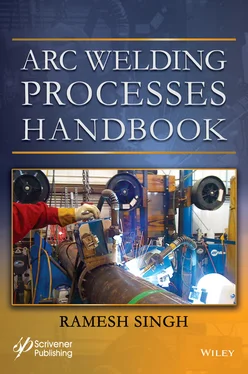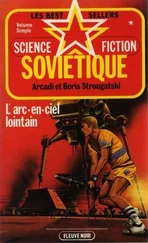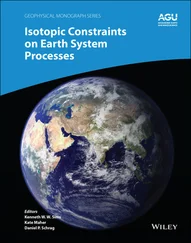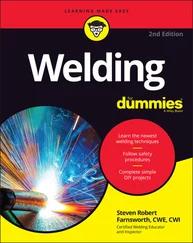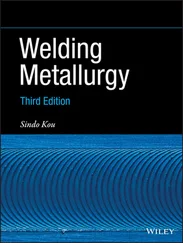| Welding process |
Arc efficiency factor η |
|
Range |
Mean |
| Submerged Arc Welding |
0.91 - 0.99 |
0.95 |
| Shielded Metal Arc Welding |
0.66 - 0.85 |
0.80 |
| Gas Metal Arc Welding (CO 2Steel) |
0.75 - 0.93 |
0.85 |
| Gas Metal Arc Welding (Ar Steel) |
0.66 - 0.70 |
0.70 |
| Gas Tungsten Arc Welding (Ar Steel) |
0.25 - 0.75 |
0.40 |
| Gas Tungsten Arc Welding (Ar Aluminum) |
0.22 - 0.46 |
0.40 |
| Gas Tungsten Arc Welding (He Aluminum) |
0.55 - 0.80 |
0.60 |
Essential variables are those in which a change, as described in the specific variables, is considered to affect the mechanical properties of the weldments, hence any change shall require requalification of the welding procedure. The Supplementary essential variables are required for metals for which other Sections specify notch-toughness tests and are in addition to the essential variables for each welding process.
The Nonessential variables on the other hand are those in which a change, as described in the specific variables, may be made in the WPS without requalification.
Some special process like corrosion-resistant and hard-surfacing weld metal overlays may have different additional essential variables. Only the variables specified for special processes shall apply. A change in the corrosion-resistant or hard-surfacing welding process requires requalification.
The correct electrode diameter is one on of the variables, when used with the proper amperage and travel speed, produces a weld of the required size in the least amount of time. Selection depends on the thickness of the material being welded, the position of welding in relation to the gravity of the earth, and the type of joint to be welded. The welder’s experience is also important since more skill is required to control the weld puddle in out of position welds, the different types of electrode coverings and fluxes, are important too. The inexperience may lead to poor quality welds that may have defects such as inclusions, porosities in the final welds.
Welding current can be either direct or alternating, depending on the process, type of electrode and available power supply and material being welded. DC provides a steadier arc and smoother transfer as well as good wetting action, and out of position control. Reverse and straight current polarities are used for specific applications. Reverse polarity produces deeper penetration and straight polarity produces higher electrode melting rates.
These topics are discussed in much detail in the subsequent chapters and in relation to specific welding process.
American Welding Society has developed the chart to describe all joining and allied process the chart above indicates those processes. Various welding process use different energy transfer modes, the table below groups those welding processes based on that.
1.9 Qualification of Welders and Operators
The skill of welders and welding machine operators is an essential step to ensure that only professionally skilled personnel are on the job. The qualification process also ensures that the welding personnel are continually upgraded in their skill and ability.
Welders are qualified on the essentials data established through a qualified welding procedure often referred as welding procedure specification or WPS. This welding procedure may comply with any or multiple construction specifications or codes.
The inherent intent of welders’ qualification is to ensure (i) their ability to use the machine and (ii) that they can produce the weld, to match the essential data collected through the qualified welding procedures.
As a basic those essential data include the following;
The material or material group being welded,
The welding process,
Thickness, and diameter of the material being welded,
Joint design,
Position of the weld, the plane in which the weld lies, and in case of tubulars, if it can be rotated for welding, or is in fixed position.
Consumable type used,
Electrical parameters used,
Heating and cooling practices prior to, during, and after welding.
Other variables may be added to meet any specific requirements of the code or the job.
There are several options for the welder to get qualified, often the Local Union Halls have the Journeyman welder training, education and qualification program. These programs allow the aspiring welder to join the workforce as an apprentice, and gradually work their way up to become a fully qualified welder that is called Journeyman welder, through this route, a dedicated and regular person takes about 4 years to become a Journeyman welder, while still in the workforce.
Other than the union halls there are several state run or private trade schools in nearly all industrially active parts of the world, which train and qualify an aspiring welder to be able gain enough knowledge to make them enter the workforce. From there they develop themselves further and grow up the ladder. Several construction companies also have their own welding training schools that train and develop welders from among their own workforce.
The third way is the hardest way in which the aspiring person somehow gets an opportunity to weld, often as an apprentice with some welder, and from there just practices the trade whenever opportunity presents itself, seek guidance from the welder, and develop their skills. When ready, they qualify on the job, and grows from there.
In any case there is a lot of ground to cover from just able to weld to grow into a leading welder with specific expertise. The good news is that the goal is very much achievable and many committed personnel have made their career as welders.
Конец ознакомительного фрагмента.
Текст предоставлен ООО «ЛитРес».
Прочитайте эту книгу целиком, купив полную легальную версию на ЛитРес.
Безопасно оплатить книгу можно банковской картой Visa, MasterCard, Maestro, со счета мобильного телефона, с платежного терминала, в салоне МТС или Связной, через PayPal, WebMoney, Яндекс.Деньги, QIWI Кошелек, бонусными картами или другим удобным Вам способом.
